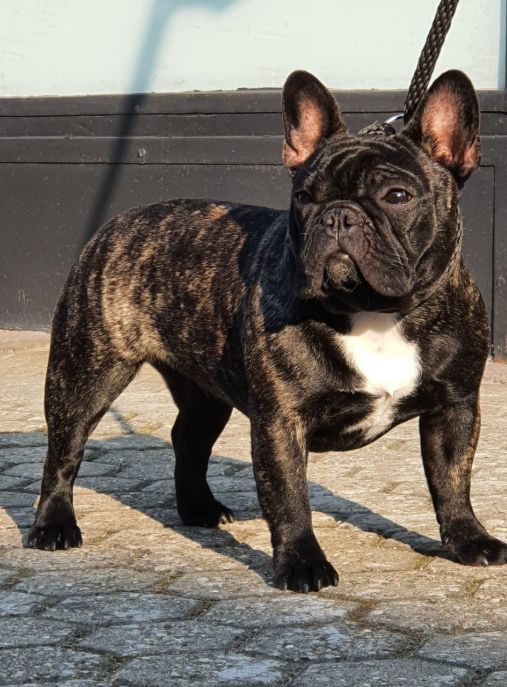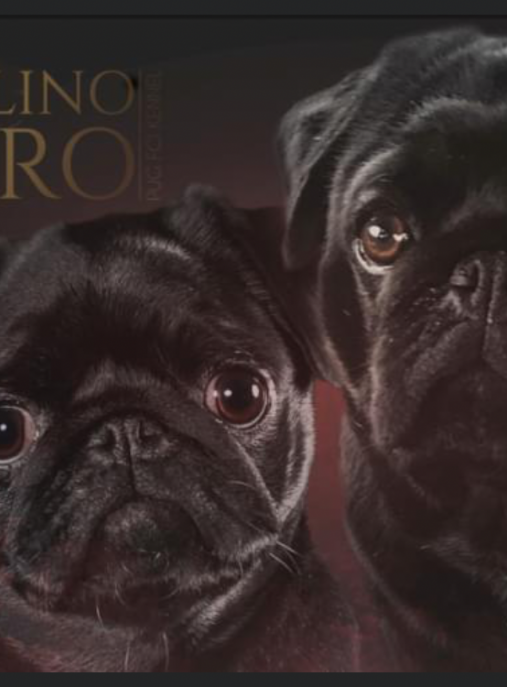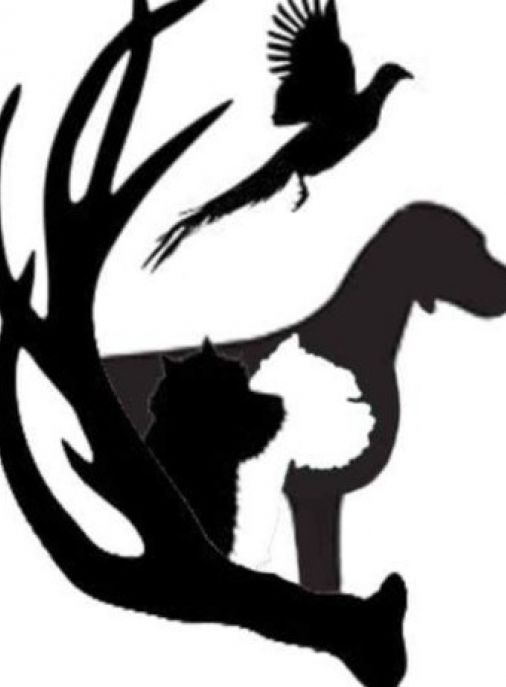The first pugs most likely appeared in ancient China. These dogs are stocky and compact, with a large head and a heavy chest. They are dogs with perfect body height to length proportions. They belong to the smaller variety of the English Mastiff. They reached Europe in the 16th century thanks to Dutch sailors. Prince William of Orange loved the breed very much, as his pug saved his life by alerting him with loud barking during the Spaniards' raid on Prince Hermingna's camp in the 20th century.
Pugs found their way to England and visited salons. The pug's muzzle is very shortened as befits the palace dogs. In pugs' kennels, great importance was attached to the appearance, as the typical wrinkles that pugs have on their foreheads were to form a sign of the Chinese alphabet, which meant a prince or a king. Until 1877, only beige pugs were known, only later the first black pugs were brought from the east.
Life Expectancy: 10-15 years
Height at the withers: 25-32 cm
Weight: 6.3 - 8.1 kg
The pug is a small, square dog with perfect body height to length proportions. It is covered with a short coat. It is a dog with a strong expression, well-muscled and with a strongly shortened muzzle. The Pug is a cheerful, kind, charming and graceful companion dog.
The Pug is the perfect breed for people who spend more time indoors than out. Pugs are not dogs that are made to be alone. They will be happiest when their guardians are close. They will accompany them in all domestic activities.
Pugs are extremely sociable, kind, gentle and cheerful couch potatoes. They are very patient and resistant to children's harassment. It is very important for children to be taught to respect the dog and that certain limits must not be exceeded. Pugs are dogs that can get hurt faster than they would bite someone.
This breed loves all caresses, and the best lair is the knees of a beloved owner. Pugs love to sleep with their owners in the same bed. However, you should take into account that these cute dogs snore and grunt loudly. The Pug does not like loneliness, and approaches people that it does not know with reserve. Pugs aren't lazy. These dogs love to play and run but they will not do well in dog sports.
Pugs can live in an apartment as well as in a house with a garden, as long as they are at their owner's side. Remember that these crazy dogs are stubborn but very intelligent, and can be taught to behave well. Some individuals are successful in various obedience competitions. A pug can be a great companion of people with disabilities, helping them in everyday life, e.g. by bringing a phone, keys or a newspaper. Pugs are such playful dogs that they share this joy with other pets. However, it should be remembered that the eyes of pugs are protruding and may be scratched when playing with a cat.
Regular brushing, to get rid of dead hair, is enough for proper care of the pug. A damp cloth will be useful for wiping the tummy after a walk. Particular attention should be paid to the care of the muzzle, teeth and eyes. Wiping the muzzle every day prevents the development of anaerobic bacteria which are responsible for the formation of skin inflammations. Neglected folds on the muzzle become damp, smelly and prone to infection.
It is enough to clean the eyes with saline. If you notice that the colour of the eye discharge changes from clear to white or yellow, you will need to go to the nearest veterinary clinic. It is enough to wipe the ears with a cotton pad. If you see redness or an unpleasant smell, it is worth consulting a veterinarian.
The color of the pug's coat may be:
- silvery
- peach
- fawn
- black
Each color is pure to emphasize the contrast between the color of the coat and the dorsal stripe and mask.
The coat is delicate, smooth, soft, short and shiny. Hard and woolly hair is not allowed.
The Pug is a breed that is burdened with numerous predispositions to various diseases. Fortunately, most of them, thanks to the appropriate approach of breeders and lovers of this breed, appear sporadically. However, it should be remembered that pugs, due to their short muzzle, may have problems with breathing, collapsing trachea or retrograde sneezing.
Other diseases include:
- pelvic dysplasia
- hip dysplasia
- dislocation of the kneecap
- congenital deformity of the vertebrae
There are also eye problems or skin neoplasms.
Pugs like to eat so inadequate nutrition can make them obese. These dogs require a proper diet in terms of both quality and quantity. When choosing a diet, do not forget that the pug is a carnivorous animal and needs animal protein for its proper development. If you decide to feed your pet with dry food, choose one that will not contain grains, and the first item in the list of ingredients will be meat - preferably dried, or meat meal, e.g. lamb. Avoid supermarket food which is very cheap and stuffed with plant products with little meat content.
The second method is the Barf diet, i.e. serving raw meat and offal. A variety of meat and offal is very important in this diet. If you provide the dog with the right amount of crunches, meat bones, eggs, vegetables and fruit, you will be sure that your dog is supplied with all the ingredients: vitamins and microelements. If you want to enrich its diet, you can start giving additional supplements, such as: algae, brewer's yeast, krill, dried rosehip, omega-rich salmon oil, MSM and cistus.



































